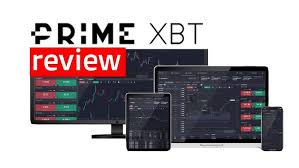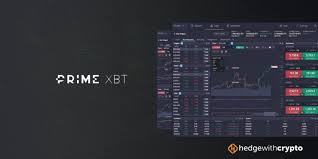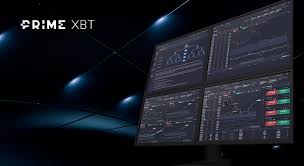
Trading on platforms like primexbt fee's primexbt-exchange can open up a world of financial opportunities, but understanding the associated fees is crucial for successful trading. This article delves deep into the various fees that traders on PrimeXBT may encounter, empowering you to make informed decisions.
What is PrimeXBT?
PrimeXBT is a popular cryptocurrency trading platform that allows users to trade a variety of assets including cryptocurrencies, commodities, forex, and stock indices. With its leverage trading options, remarkable interface, and advanced trading tools, PrimeXBT has attracted a robust user base. However, to maximize profits and minimize losses, understanding the fee structure is vital.
Types of Fees on PrimeXBT
There are several types of fees associated with trading on PrimeXBT, including:

- Trading Fees: The primary fee traders encounter is the trading fee, which is applied to each trade executed on the platform. This fee is calculated as a percentage of the total trade volume.
- Deposit Fees: When depositing funds into your PrimeXBT account, you might encounter deposit fees, which can vary depending on the payment method used. Understanding these fees beforehand can help you choose the most cost-effective deposit option.
- Withdrawal Fees: Similar to deposit fees, withdrawal fees apply when you take funds out of your PrimeXBT account. These fees can vary based on the selected withdrawal method and may change with network congestion or other factors.
- Inactivity Fees: While not all exchanges implement inactivity fees, PrimeXBT does charge a small fee for accounts that have been dormant for a prolonged period. It is beneficial to actively manage your account to avoid these charges.
- Margin Fees: If you are trading with leverage, additional margin fees may apply, especially if positions are held overnight. This fee structure aims to mitigate the risks associated with leveraged trading.
Understanding Trading Fees
On PrimeXBT, trading fees are calculated based on a maker-taker model. This means that the fees you incur will depend on whether you are adding liquidity to the market (maker) or taking liquidity away (taker). Makers generally enjoy lower fees compared to takers. Here’s how it works:
- Makers: If your order is executed at its limit price, you are considered a maker, and thus you will pay a lower fee.
- Takers: If your order is filled immediately against an existing order, you are viewed as a taker, which incurs a higher fee.
Understanding whether you are a maker or taker can greatly influence your overall trading costs and profitability on the platform.

How to Minimize Fees on PrimeXBT
Fees can take a significant chunk out of your profits, but there are strategies to minimize them:
- Choose the Right Pairs: Different trading pairs may have different fee structures. Research and select pairs that have lower trading fees.
- Use Limit Orders: As discussed earlier, using limit orders can qualify you as a maker, thus reducing your trading fees.
- Stay Active: Avoid inactivity fees by actively trading or at least logging into your account regularly.
- Optimize Withdrawals: Plan withdrawals wisely, and consider aggregating smaller amounts into larger withdrawals to minimize fees.
- Regularly Check Fee Updates: PrimeXBT may update its fee structure; staying informed can help you adapt and minimize costs.
Conclusion
PrimeXBT provides a versatile platform for trading various assets, but understanding the associated fees is essential for optimizing your trading experience. By taking the time to learn about the different types of fees, understanding how trading fees work, and employing strategies to minimize costs, traders can significantly enhance their profitability.
As always, it is recommended that traders continually educate themselves on trading platforms and their respective fee structures. With thorough knowledge, you can navigate the trading landscape more effectively and make the most of your investments.

